7mesh Summer Bikepacking Tips
Words: Pete Harrington
Going for a ride and staying out all night might sound like something that could only happen if you got lost, waylaid and way off the beaten track. But for bikepackers, riding past the last lights to explore the unknown or to see a new side of their home area is the whole point. The cycling equivalent of hiking and camping – but a lot more fun – bikepacking involves choosing a route, strapping bags, bivvies and other accessories to a trail-capable bike, and leaving your everyday life behind. And whether you camp for the night or go wild and cycle across entire countries, bikepacking is a joyful and transformative pastime that opens up a new way of riding and experiencing the world.
To help you start exploring this summer, not next, we’ve pulled together a collection of bikepacking tips and advice from some of our most adventurous 7mesh ambassadors. They’ll show you how you can drop everything and dive right into bikepacking right now, detail what you need to stay hydrated in the heat, list their favourite clothes and kit, and share their packing secrets so you can get ready for your first night under the stars.

Max Riese @kleinerriese
Salzburg, Austria

Rachael Walker @riderrachy
Surrey, England

Annie Evans @a_girl_outside
Aviemore, Scotland

Huw Oliver @topofests
Aviemore, Scotland

Felix Burke @felixburke.1
Mont-Tremblant, QC, Canada

Svein Tuft @svein.tuft
Nelson, B.C, Canada

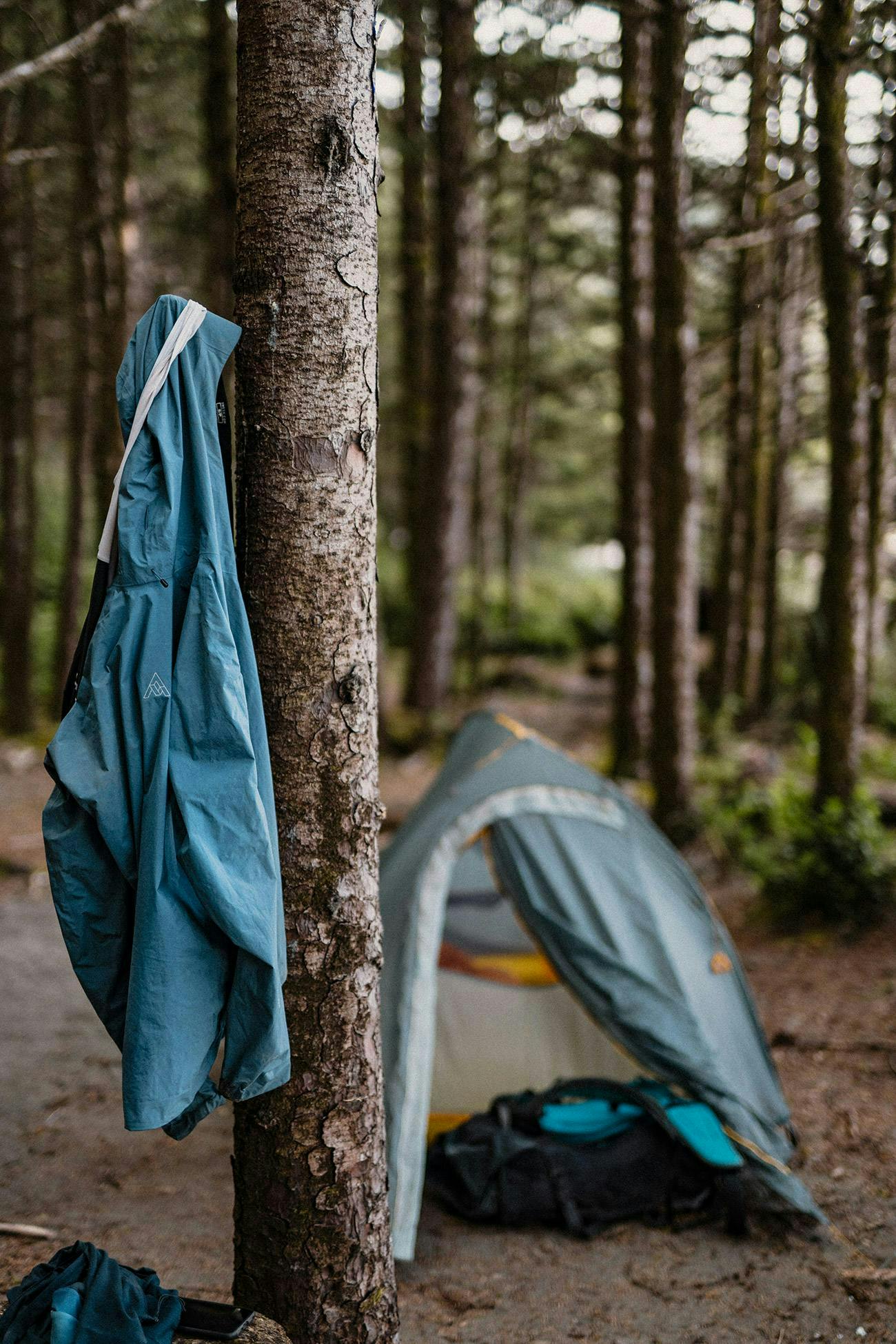
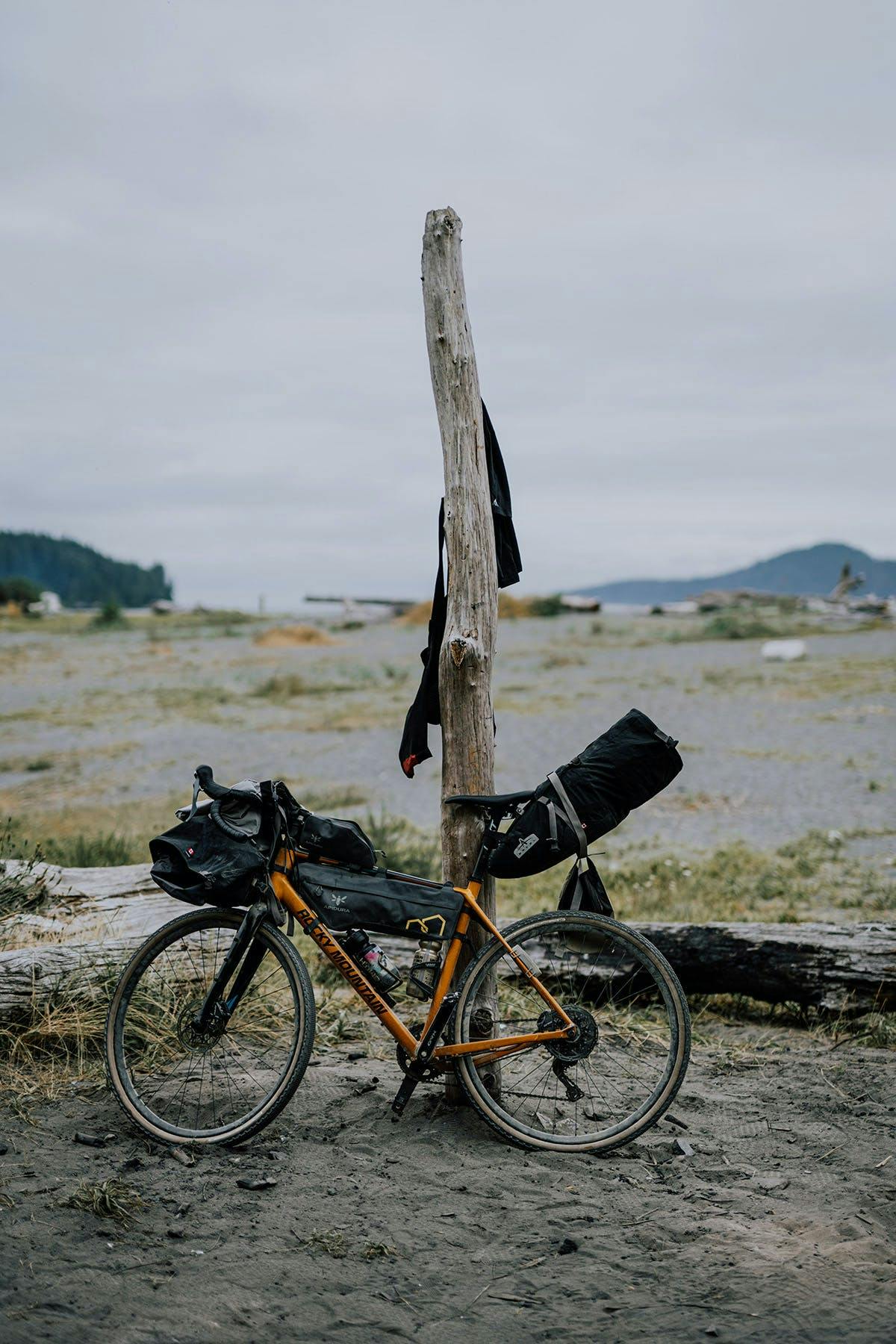
Sleep Right
Whether you’re striking out to spend one night or several away from home, sleeping gear like a bag, mat, bivvy or tent will take up the most amount of room in your frame bags. So let’s get into it and find out what keeps our ambassadors comfy and refreshed when they bed down in the backcountry.
Svein Tuft: Summer trips are completely different from spring and fall. You can get away with much less stuff, but if you’re heading into the mountains, you can’t go too light. I always stick to a one-person tent and a good mattress. I’ll swap out sleeping bags depending on route, elevations and weather forecast. Those three things take up the bulk of your space, so it’s nice when it’s warm. I love bivis for their size and weight, but in all reality, they suck in bad conditions. A few days of rain, and your sleep situation turns to crap.
Felix Burke: The basics for me are a shelter, a sleeping bag and a sleeping mat. Some die-hard bikepackers may forgo some or all of these elements for the sake of speed and efficiency, but in my experience, carrying comfortable and reliable camping equipment is well worth the extra effort. If you want to do big days and explore new zones, you will need a comfortable place to sleep. I run a two-person tent, a quality sleeping mat and a -1 rated sleeping bag (800 down). Then, when I get to camp at the end of a big day, I can be confident that I’ll have a good night of sleep to recover.
Huw Oliver: I tend to have a fairly set mental list of gear that I know I’ll pack for summer bikepacking, made up of stuff that is well used and I feel confident in, with perhaps some extra bits of gear thrown in for that specific adventure. I generally prefer a tent over a tarp or bivvy since Scotland is wet, windy and buggy. I pack a full-length sleeping mat and a down quilt, which creates a lightweight and compact package without making a comfortable night impossible.
Annie Evans: I use a sleeping bag, a mat and a small tent in any season. I might use a lighter sleeping bag in warm conditions, but even in summer, it can still get nippy at night here in Scotland, so it’s always good to be prepared for a drop in temperature!
Max Riese: Don’t underestimate what Mother Nature might throw at you! Still, I’ve found that a lightweight bivvy sack, a sleeping bag and a ground mat pretty much guarantee comfort in summer conditions.
Rachael Walker: I’m a massive advocate for the lightweight approach to bikepacking all year round. Maybe it comes from my background in mountain bike and gravel racing, where power-to-weight is pretty essential, so I’m ruthless when it comes to packing. If the item doesn’t serve a high-priority purpose, it’s not making the list! So I prefer a bivvy instead of a tent, 100% so in the summer. I’m pretty lucky that I sleep warm, so I can get away with a lightweight sleeping bag that packs the same size as a small down jacket. It’s super snug in the warmer months.
“Don’t underestimate what Mother Nature might throw at you!” – Max Riese
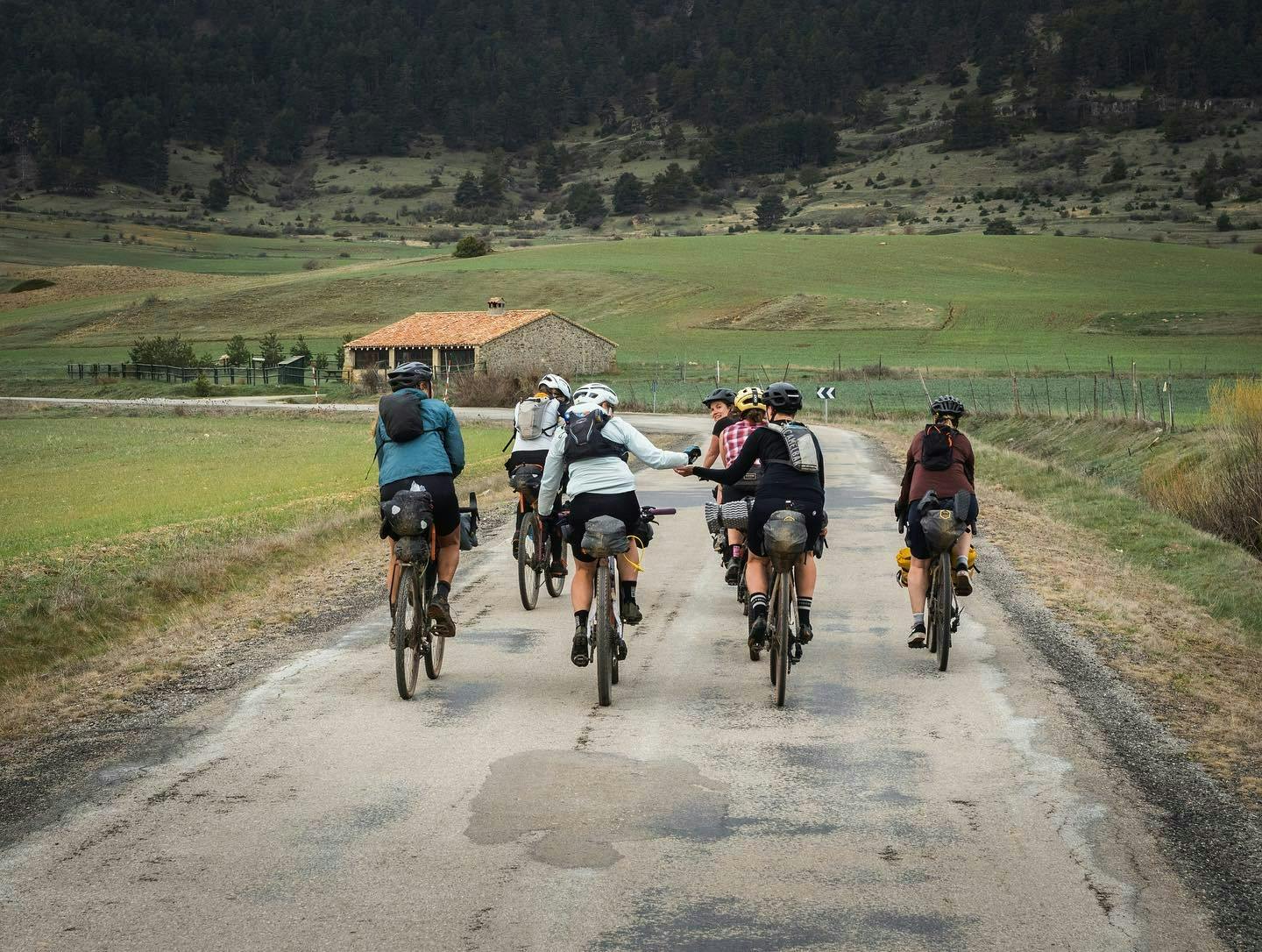

The Hydration Situation
Riding in the heat can quickly take you past thirsty and straight into dehydration territory. Soak up our ambassador’s tips for keeping your fluids up, and you’ll never see the bottom of a bidon again.
Svein Tuft: A good water filter with high flow capacity is a must. The temps were up above 30°C/86°F on our last trip in late June here in B.C, and you start to melt down pretty quickly in those conditions, so being able to turn almost any water source into safe, drinkable water is a great bonus. A little chamois/towel for rinse downs in creeks to cool your core temp is a handy addition. It’s also nice for washing the face after being on the trail all day.
Felix Burke: I use my water filter to top up whenever possible. Don’t underestimate how easy it is to become dehydrated.
Max Riese: Eating and drinking constantly are key, especially in summer. If you’re not eating, you’re drinking!
Rachael Walker: I always pack a Katadyn water filter soft flask. It has a 1-litre capacity and can pack super small when empty. Electrolytes are a must, especially on multi-day trips when staying hydrated can be difficult when you’re pretty much sweating all day!
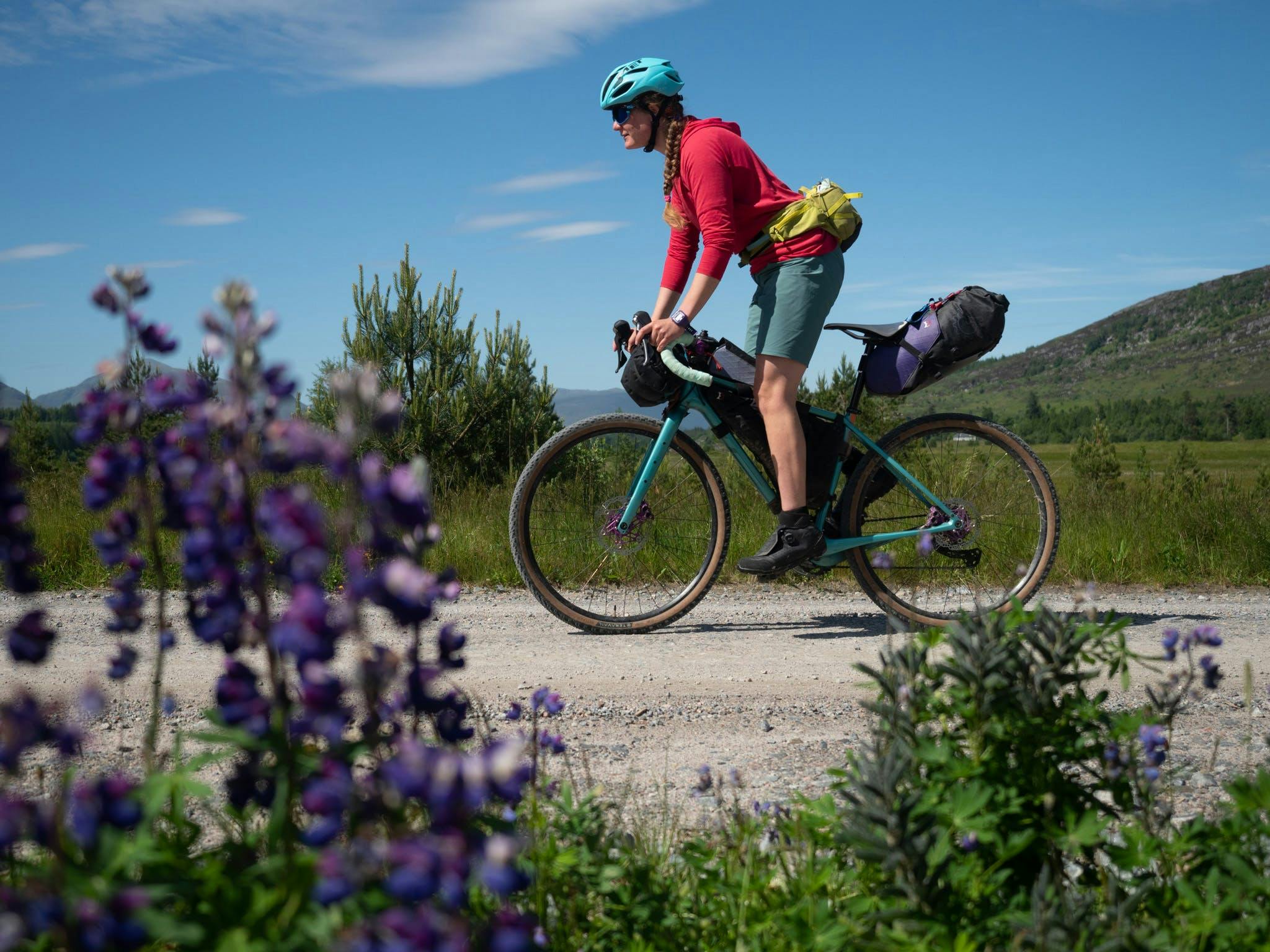

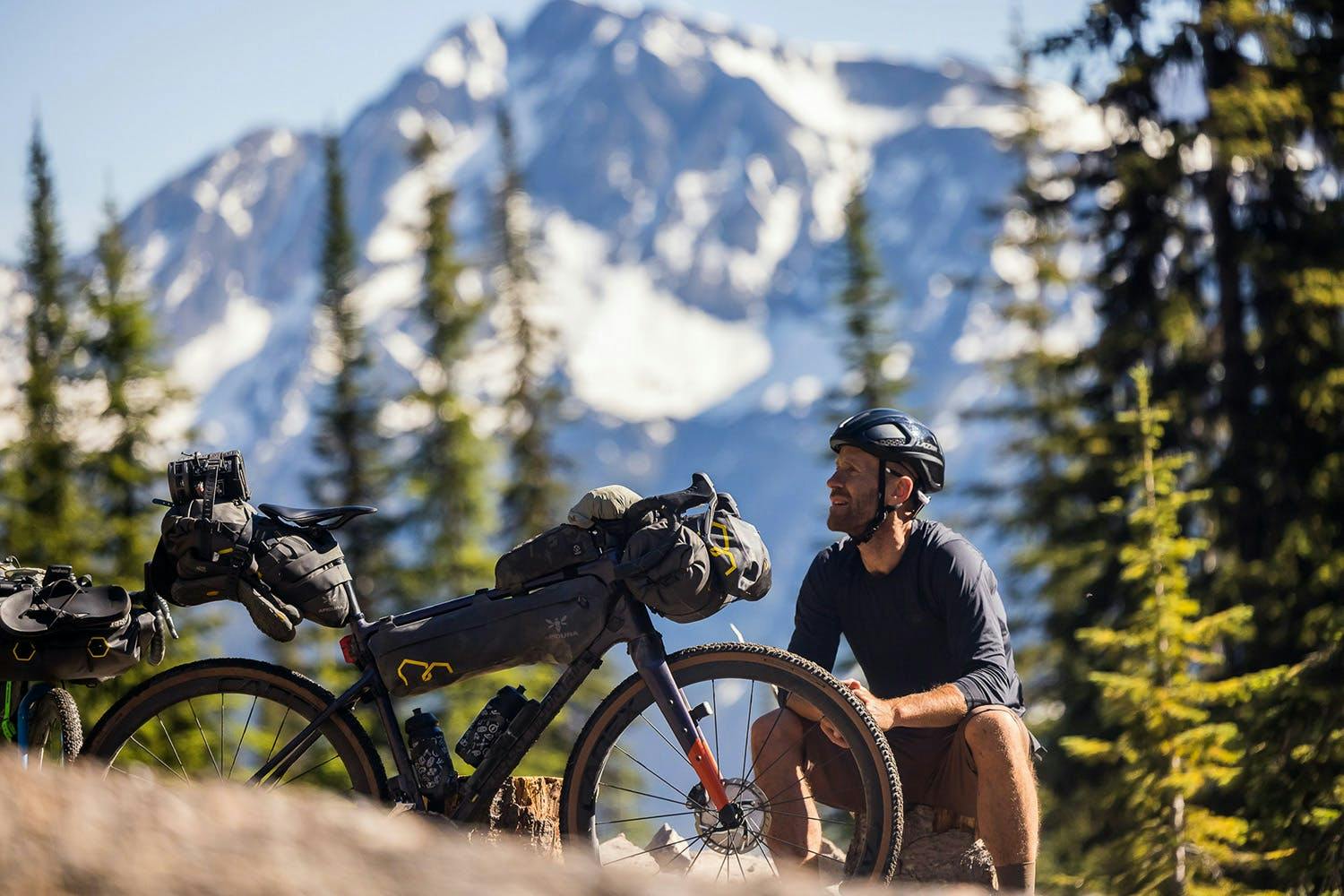
Pro Packing
There’s only so much space on the bike for bags, so to avoid looking like a roving wall of lost luggage, take heed of our ambassador’s tips for stowing success. And if your bags fill up even after following their advice, then there’s always a pocket-rich 7mesh Anything-equipped jersey to save the day.
Svein Tuft: You can get away with fewer bags and less bulky volume bags for summer touring. You can also attach things to the outside on those blue-sky days. I use smaller seat and handlebar bags for this time of the year. It’s nice because your bike becomes more versatile and fun on the trail. Everyone has their system, and it just comes down to time spent doing it. I’m still changing and learning new ways on my setup! So I guess my advice is to try and test locally before going on a big trip. And be open to change.
Felix Burke: This is more a reverse packing tip. When planning out your packs, it’s important to remember to leave space for when you need to carry groceries to camp or lunch for your ride. If you go with your bags fully loaded up, you won’t have room to take any additional food/gear you’ll need during the day.
Huw Oliver: Placement is as important as what you take with you. Summer is a great time to be riding in the mountains, and I want to minimise the effects of carrying camping gear. So I try to keep heavy items (stove, food etc.) low and central to keep things stable and my handlebar and seat bag as small as possible. If I need extra gear, I wear a running vest or backpack, as they affect the ride much less than extra kilos hanging over my front wheel.
Annie Evans: The handlebar roll, seat bag, and frame bag are the best places to pack gear all year round, but in summer, I switch to using smaller bags, as I need less equipment and have a smaller sleeping bag. For a very lightweight mission on the mountain bike, I might get rid of the seat bag altogether to maximise riding fun.
Max Riese: I like to keep my handlebars as accessible as possible to have an agile bike in technical terrain, and I pack it just light enough to still have enough equipment when things turn the wrong way.Fast access is also essential. I roll my sleeping kit together so it unfurls in one step. You don’t want to fiddle around for ages when you are tired, or there’s a storm.
Rachael Walker: The more ruthless you can be with your setup, the better! Your legs will thank you for it in the long run. That said, I’m not the kind of bikepacker who sacrifices weight at the cost of comfort or safety. Just think carefully about what you need and what you will use. I have a small bike, so I struggle fitting too many bags to it, so the ruthless approach isn’t all about weight saving. I opted for a 14l saddle bag, a handlebar bag and a running vest to carry extra water, snacks and tools.
“Electrolytes are a must, especially on multi-day trips when staying hydrated can be difficult when you’re pretty much sweating all day!” – Rachael Walker
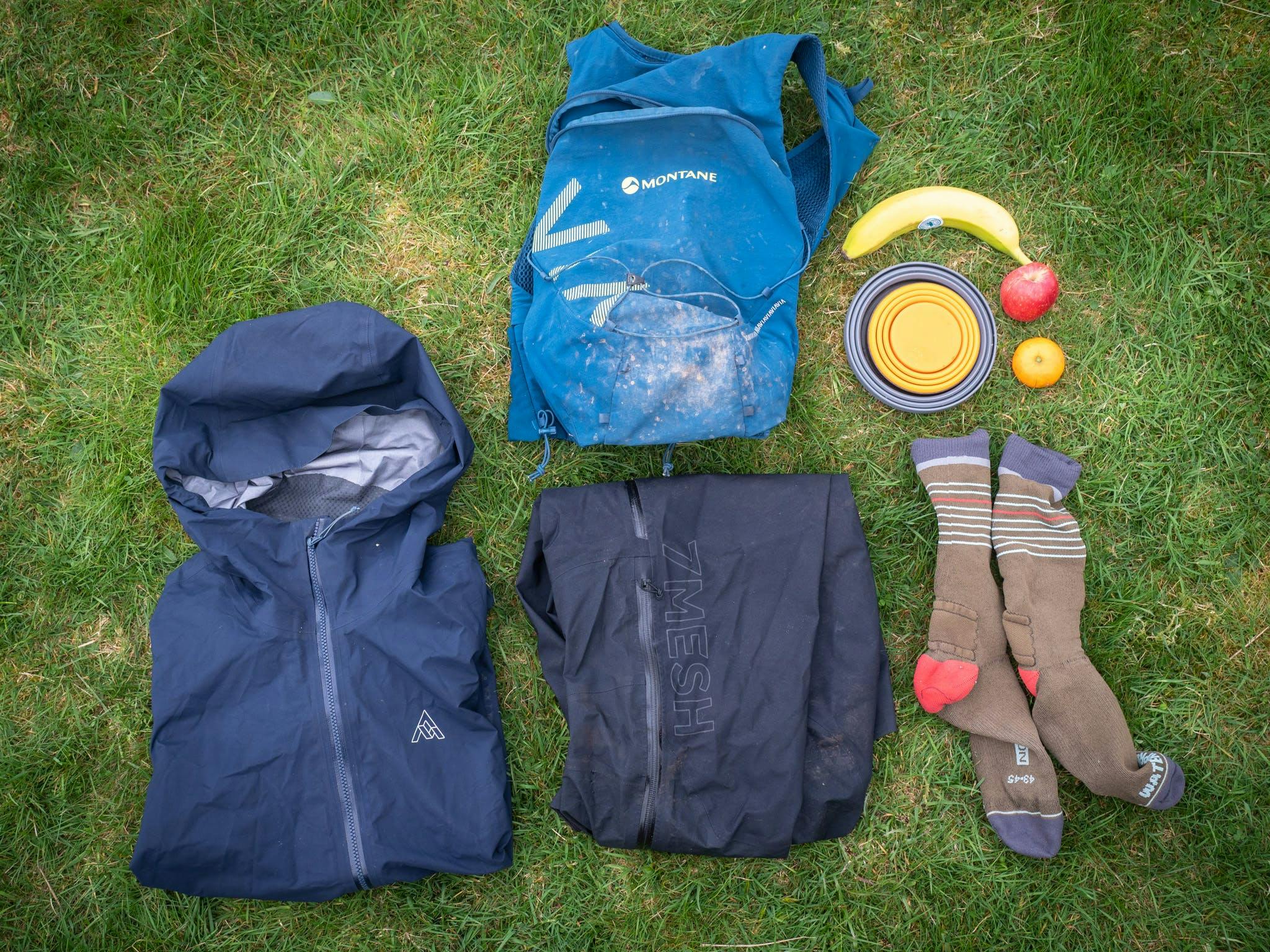
Adventure Apparel
To round out our bikepacking guide, we’re back on home ground with recommendations from our riders on what to wear and why when taking the path less pedaled. But before we hear from our ambassadors, it’s worth mentioning that at 7mesh, we’re out exploring most weekends and often weeknights. We wear our gear in every weather, so if you have questions about what to put on or pack, drop us a line, and we can compare notes and maps!
Svein Tuft: I always have my Oro Gore-Tex Jacket in summer. It’s the perfect piece when rolling through those patchy mountain thunderstorms. It’s light and waterproof – the kind of jacket you can wear comfortably while pushing it up a climb on a warm rainy day because it breathes so well.
Felix Burke: Heat comes with sweat, and when there’s sweat, there’s a stink. I fight this by using merino wool jerseys like the Desperado Henley and Ashlu (men | women). Merino has a natural odour resistance, and I can wear these jerseys day after day without worrying about smell.
Huw Oliver: I hate to say it, but even in summer, a good waterproof jacket makes all the difference. I use the Skypilot jacket (men | women) year-round since it’s a bombproof place to shelter from the weather while being so small and light that I don’t mind packing it. I used to carry a windproof jacket, but the Gore-Tex fabric on the Skypilot is so breathable that I don’t find that necessary anymore.
Annie Evans: My 7mesh Gryphon fleece (men | women) comes with me on every trip. It’s the cuddliest, warmest thing I can put on at the end of a long day’s ride.
Max Riese: My favourite apparel for summer bikepacking? It might seem a bit ridiculous, but it’s a combination of three things: the Skyline Jersey (men | women) because it’s so light and I sometimes forget I am wearing it; the 7mesh cargo bib shorts (men | women), which I can wear for days without problems; and the Freeflow Jacket because it keeps me warm whenever the weather turns on me.
Rachael Walker: 7mesh cargo bib shorts every single time. I must’ve told anyone I could about these shorts. I’ve had nightmares with saddle sores in the past and had to have emergency antibiotics and surgery a few times to sort some out. Some saddle sores have been caused by poor quality chamois or the seams of the chamois rubbing. But I swear that 7mesh’s cargo shorts are the holy grail of bikepacking bibs. I haven’t had a saddle sore since using them and believe me, I’ve done some sweaty, multi-day trips where a shower hasn’t been seen for days!
